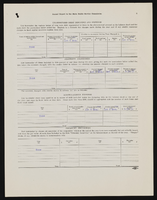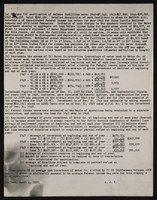Search the Special Collections and Archives Portal
Search Results
man000959-001
Archival Collection
Description
Restricted item (school transcript less than 75 years old).
man000959-002
Archival Collection
Description
Restricted item (school transcript less than 75 years old).
man000959-003
Archival Collection
Description
Restricted item (school transcript less than 75 years old).
man000959-004
Archival Collection
Description
Restricted item (school transcript less than 75 years old).
Pagination
Refine my results
Content Type
Creator or Contributor
Subject
Archival Collection
Digital Project
Resource Type
Year
Material Type
Place
Language
Records Classification






